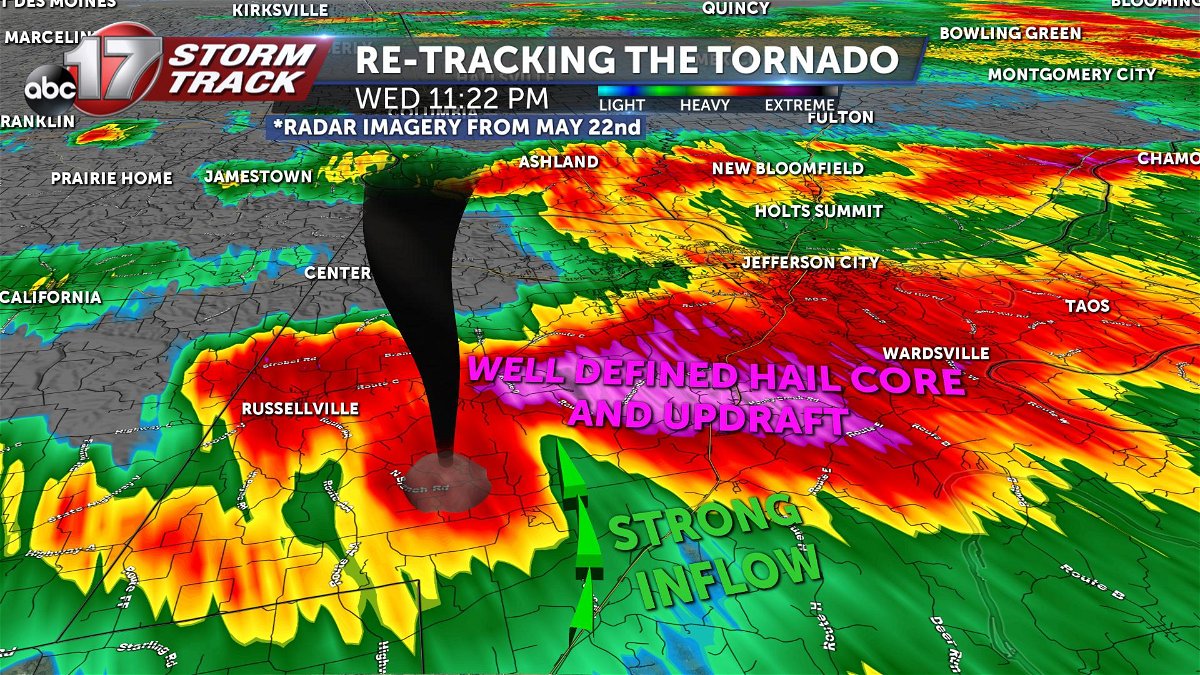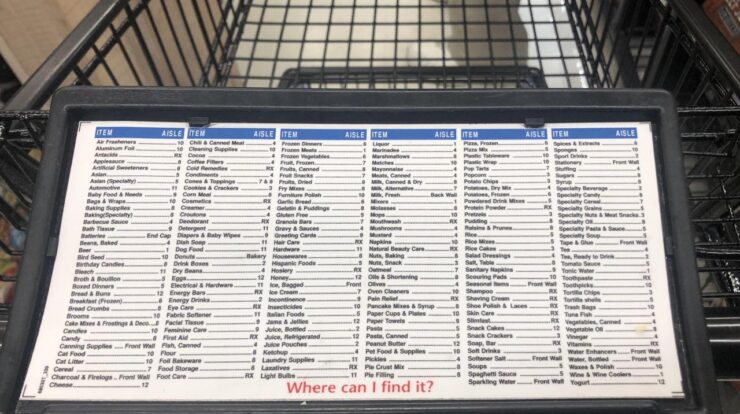
With tornado tracker at the forefront, this paragraph opens a window to an amazing start and intrigue, inviting readers to embark on a storytelling journey filled with unexpected twists and insights. Dive into the world of tornado trackers and discover how these remarkable devices enhance our understanding of these powerful weather phenomena.
Tornado trackers, a beacon of hope in the face of nature’s fury, provide invaluable insights into the behavior and trajectory of tornadoes. From their inception to their cutting-edge advancements, this article unravels the complexities of tornado trackers, empowering you with the knowledge to navigate the complexities of these storms.
Understanding Tornado Trackers
Tornado trackers are devices designed to detect and track tornadoes. They provide valuable information to meteorologists and emergency responders, helping them to issue timely warnings and keep people safe.
There are two main types of tornado trackers: mobile and stationary. Mobile tornado trackers are mounted on vehicles and can be driven into areas where tornadoes are likely to form. Stationary tornado trackers are placed in fixed locations and can monitor a wider area.
Tornado trackers use a variety of sensors to detect tornadoes. These sensors can include radar, wind speed sensors, and pressure sensors. The data collected by these sensors is used to create a map of the tornado’s location and track its movement.
Benefits of Using Tornado Trackers
- Provide early warning of tornadoes
- Help meteorologists to track the movement of tornadoes
- Identify areas that are at risk of being hit by a tornado
- Help emergency responders to prepare for tornadoes
Limitations of Using Tornado Trackers
- Can be expensive to purchase and maintain
- May not be able to detect all tornadoes
- Can be difficult to use in areas with dense vegetation or buildings
Types of Tornado Trackers
Mobile Tornado Trackers
Mobile tornado trackers are mounted on vehicles and can be driven into areas where tornadoes are likely to form. They are typically equipped with a radar system, a wind speed sensor, and a pressure sensor.
One of the most well-known mobile tornado trackers is the Doppler on Wheels (DOW). The DOW is a truck-mounted radar system that can be used to track tornadoes and other severe weather events.
Stationary Tornado Trackers
Stationary tornado trackers are placed in fixed locations and can monitor a wider area than mobile tornado trackers. They are typically equipped with a radar system and a wind speed sensor.
One of the most common types of stationary tornado trackers is the WSR-88D radar. The WSR-88D is a network of radar systems that are used to track tornadoes and other severe weather events.
Using Tornado Trackers
Tornado trackers are used by meteorologists and emergency responders to track tornadoes and issue timely warnings.
Meteorologists use tornado trackers to identify areas that are at risk of being hit by a tornado. They also use tornado trackers to track the movement of tornadoes and to issue warnings to people in the affected areas.
Emergency responders use tornado trackers to prepare for tornadoes. They use the information provided by tornado trackers to determine which areas are most likely to be hit by a tornado and to evacuate people from those areas.
Applications of Tornado Trackers
Tornado trackers have a variety of applications, including:
- Providing early warning of tornadoes
- Tracking the movement of tornadoes
- Identifying areas that are at risk of being hit by a tornado
- Helping emergency responders to prepare for tornadoes
- Conducting research on tornadoes
Tornado trackers have been used to save lives and property. They have also helped meteorologists to better understand tornadoes and how they form.
Tornado Safety

Tornado trackers can contribute to tornado safety by providing early warning of tornadoes. This early warning can give people time to take shelter and avoid being injured or killed by a tornado.
Tornado trackers can also help emergency responders to prepare for tornadoes. By knowing where tornadoes are likely to form, emergency responders can evacuate people from those areas and take other steps to protect lives and property.
If you live in an area that is prone to tornadoes, it is important to have a tornado safety plan. This plan should include a place to take shelter, a way to stay informed about tornadoes, and a way to communicate with family and friends.
Future Developments
There are a number of emerging technologies that are being used to improve tornado trackers. These technologies include:
- Phased array radar
- Artificial intelligence
- Machine learning
These technologies are expected to make tornado trackers more accurate and reliable. They will also make it possible to track tornadoes in real time and to provide more detailed information about tornadoes.
Final Thoughts
As the curtain falls on this exploration of tornado trackers, we are left with a profound appreciation for their role in safeguarding lives and communities. These devices stand as a testament to human ingenuity and our unwavering quest to understand and mitigate the forces of nature.
As technology continues to evolve, we can expect even more groundbreaking advancements in tornado tracking, further enhancing our ability to stay one step ahead of these formidable storms.
Popular Questions
What is the purpose of a tornado tracker?
Tornado trackers are designed to detect, track, and analyze tornadoes, providing valuable information to meteorologists and emergency responders.
How do tornado trackers work?
Tornado trackers utilize various technologies, including radar, Doppler effect, and GPS, to pinpoint the location and movement of tornadoes.
What are the benefits of using tornado trackers?
Tornado trackers enhance our ability to issue timely warnings, allowing communities to take necessary precautions and seek shelter.
What are the limitations of tornado trackers?
Tornado trackers may be affected by factors such as terrain, weather conditions, and power outages, which can impact their accuracy.
How can I stay safe during a tornado?
In the event of a tornado warning, seek immediate shelter in a sturdy building, basement, or underground structure.






